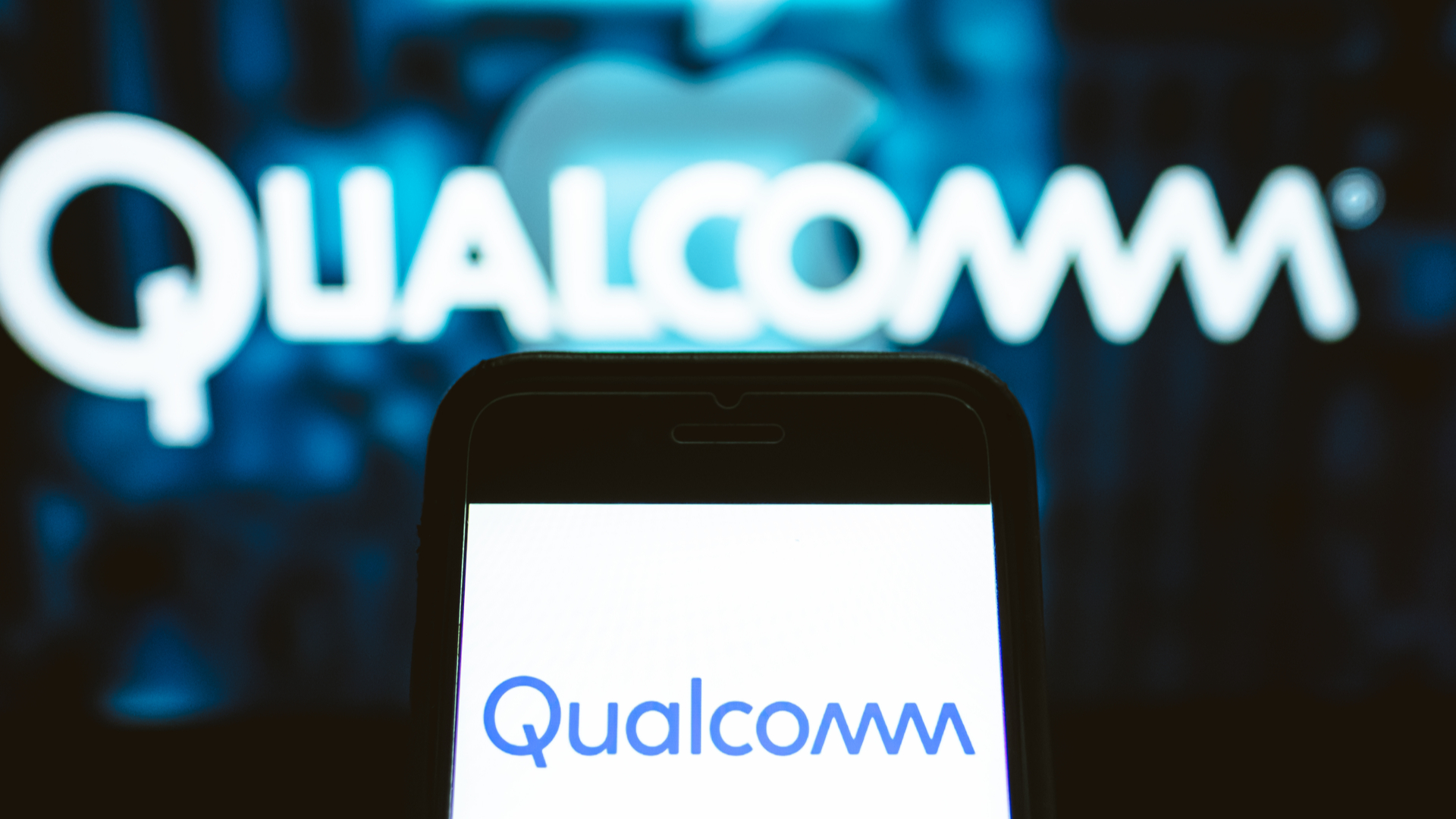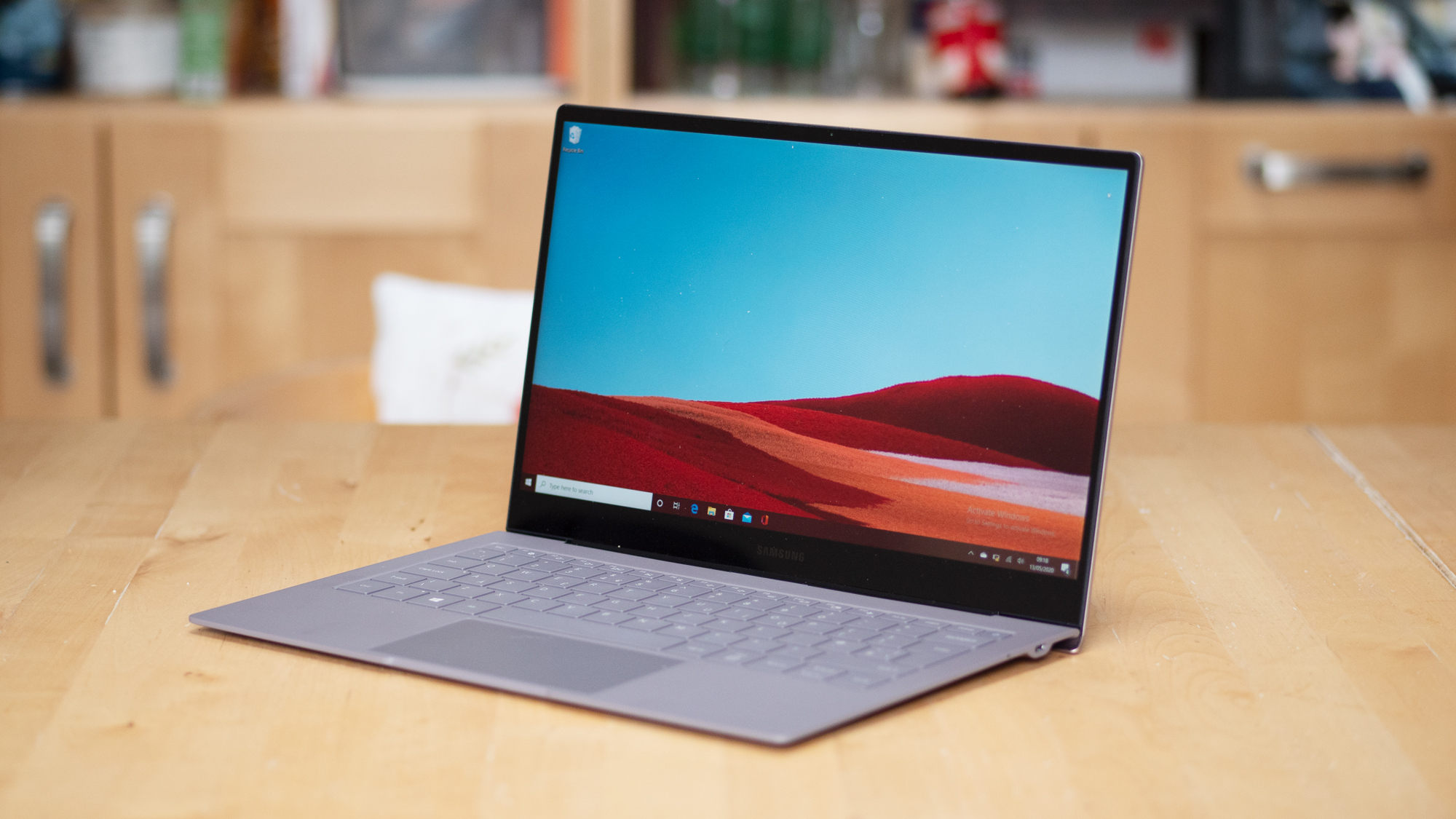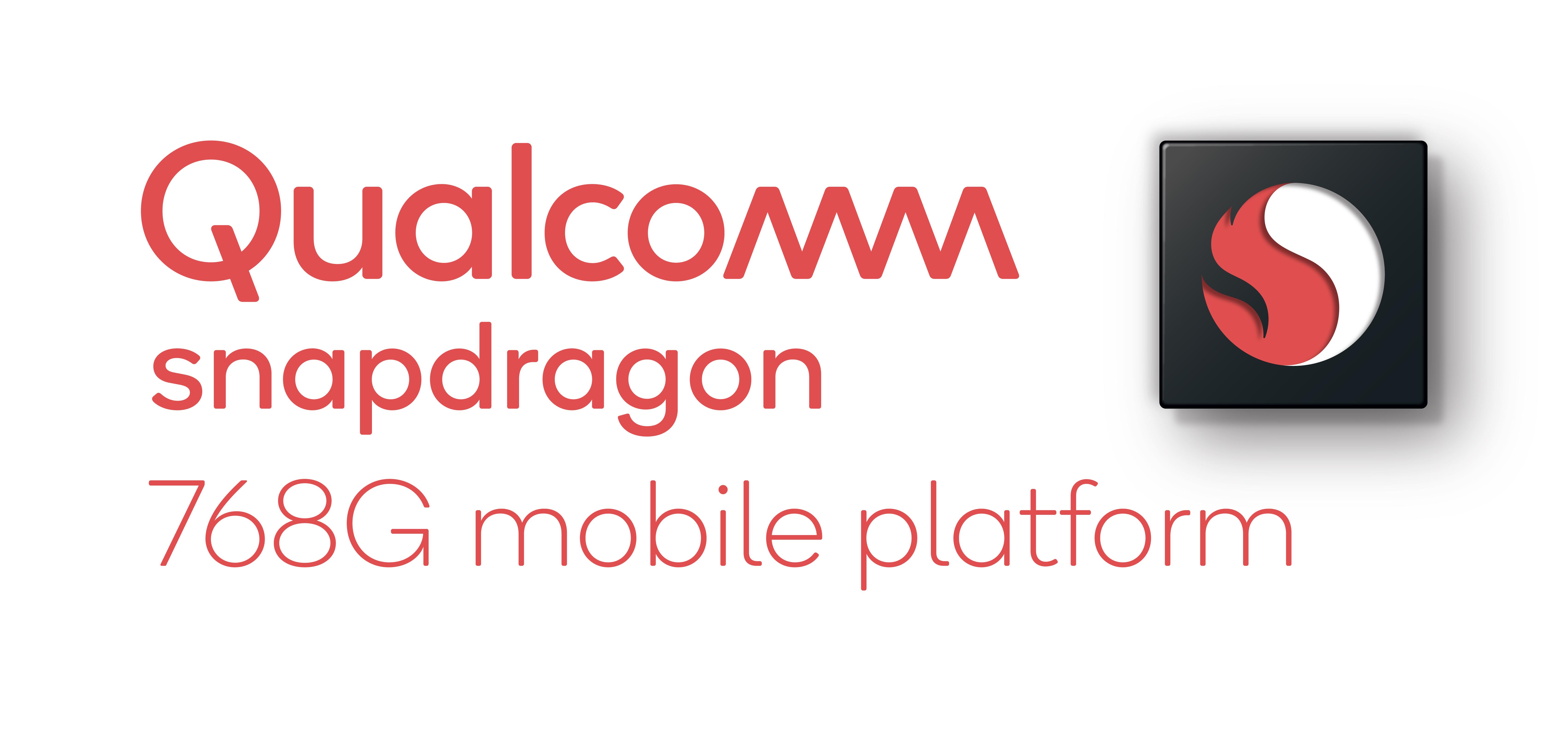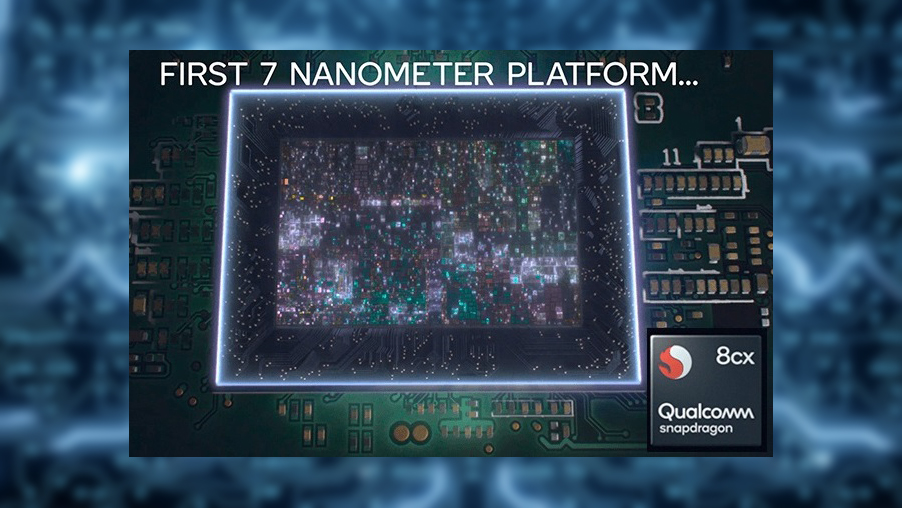Qualcomm reveals Snapdragon 888 Plus 5G chipset
The new chipset boasts faster clock speeds and will boost AI performance on Android devices by 20%


Qualcomm announced a new mobile chipset today targeting high-end 5G mobile phones with faster clock speeds than its predecessor.
The Snapdragon 888 Plus mobile chip is a higher-end version of the existing Snapdragon 888 platform. Qualcomm highlights enhancements to the chipset's artificial intelligence (AI) functionality with its sixth-generation AI engine.
This gives the chip an over 20% boost in AI performance, providing 32 trillion operations per second (TOPS) of processing power, compared to the 26 TOPS in the standard 888 chipset. The upgraded performance will make the chip better at AI-enhanced effects, including noise cancellation and camera enhancement.
Qualcomm says it has upgraded the Kryo 680 CPU used in the existing 888 platform design. The new version runs at up to 3GHz, compared to the 2.84GHz in the 888 chipset's CPU.
Between them, the new platform and its predecessor will support around 130 devices that have already been announced or are in development, said Qualcomm, which has reportedly struggled to cope with demand for its semiconductors amid the general industry shortage. Those devices will hit the market in the third quarter of 2021. ASUS, HONOR, Motorola, and Xiaomi are among those that will ship devices using the new platform.
In related news, Qualcomm also announced several new developments in 5G testing and deployment. These included a new 5G distributed unit accelerator card for virtual radio access networks (VRANs).
RELATED RESOURCE

RANs are the interface between the handset and the core network they connect to. They are traditionally proprietary systems, but VRAN designs convert these to commodity hardware similar to how other network equipment has moved from proprietary hardware to x86-based appliances.
Get the ITPro daily newsletter
Sign up today and you will receive a free copy of our Future Focus 2025 report - the leading guidance on AI, cybersecurity and other IT challenges as per 700+ senior executives
Qualcomm also upgraded its 5G RAN platform for small cells, which serves the high-frequency, small-cell technologies that will extend 5G inside buildings and in smaller, hard-to-reach areas. It supports high-frequency, short-range millimeter wave technology and sub-6GHz 5G frequencies, which offer lower speeds but further reach. The new system supports version 16 of the 3GPP 5G standard.
The world is seeing a resurgence in smartphone shipments as it emerges from the worst of the pandemic. Canalys has predicted a 12% increase in shipments in 2021, with 43% of those being 5G-capable units, up from 37% for Q1. Growth in the US will lag the global average at 6%.
Danny Bradbury has been a print journalist specialising in technology since 1989 and a freelance writer since 1994. He has written for national publications on both sides of the Atlantic and has won awards for his investigative cybersecurity journalism work and his arts and culture writing.
Danny writes about many different technology issues for audiences ranging from consumers through to software developers and CIOs. He also ghostwrites articles for many C-suite business executives in the technology sector and has worked as a presenter for multiple webinars and podcasts.
-
 AI is helping bad bots take over the internet
AI is helping bad bots take over the internetNews Automated bot traffic has surpassed human activity for the first time in a decade, according to Imperva
By Bobby Hellard
-
 Two years on from its Series B round, Hack the Box is targeting further growth
Two years on from its Series B round, Hack the Box is targeting further growthNews Hack the Box has grown significantly in the last two years, and it shows no signs of slowing down
By Ross Kelly
-
 Citi to transition 70% of its workforce to Snapdragon mobile devices
Citi to transition 70% of its workforce to Snapdragon mobile devicesNews Longer battery life will allow the company to eliminate “thousands of tonnes” of CO2
By Adam Shepherd
-
 Qualcomm Snapdragon Summit: Snapdragon 8 Gen 2 platform unlocks new AI capabilities
Qualcomm Snapdragon Summit: Snapdragon 8 Gen 2 platform unlocks new AI capabilitiesNews Announced at Qualcomm's Snapdragon Summit in Hawaii, the latest chipset features improved AI support, Wi-Fi 7, and faster overall performance
By Adam Shepherd
-
 Qualcomm open to investing in Arm as part of consortium
Qualcomm open to investing in Arm as part of consortiumNews This comes after SK Hynix said it was interested in forming a consortium to acquire the British chipmaker
By Zach Marzouk
-
 Qualcomm unveils $1,500 smartphone for 'Snapdragon insiders'
Qualcomm unveils $1,500 smartphone for 'Snapdragon insiders'News Triple-lens handset made by Asus with Qualcomm technology will be available "soon"
By Bobby Hellard
-

 Samsung Galaxy Book S review: ARMed and dangerous
Samsung Galaxy Book S review: ARMed and dangerousReviews So long, Surface Pro X - Samsung shows us how it’s really done
By Adam Shepherd
-
 Qualcomm announces Snapdragon 768G 5G platform
Qualcomm announces Snapdragon 768G 5G platformNews New platform delivers 15% faster graphics rendering than Snapdragon 765G
By Sarah Brennan
-
 Qualcomm announces 'extreme' ARM chip for thin and light PCs
Qualcomm announces 'extreme' ARM chip for thin and light PCsNews In the first of its kind, the new 7nm chip promises excellent performance on Windows machines
By Connor Jones
-
 Qualcomm and Baidu join forces to work on Snapdragon-powered AI tech
Qualcomm and Baidu join forces to work on Snapdragon-powered AI techNews Baidu's DuerOS AI platform will be available on the Snapdragon 845 chip arriving next year
By Clare Hopping